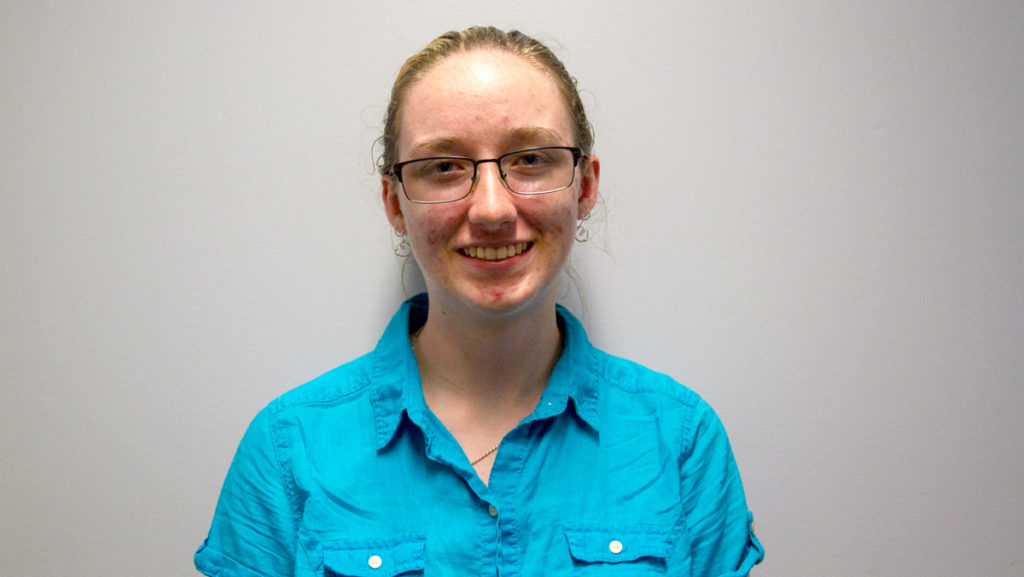I can see the beauty of a sunset, hear the slow rumble of thunder, smell and taste the aroma of coffee and feel the softness of a blanket. These five senses help us perceive our environment and react accordingly — but how do neurons change light, sound, chemicals and pressure into sensory signals?
The basics of sensing boil down to specialized nerve cells, neurons, which carry the sensory message from its origin to the brain. Unlike the classic cell that you might picture as a ball with small globs inside, neurons are typically long and thin with many smaller branches on each end. One side receives the sensory message while the other passes it on to another neuron. They do this using chemical messengers, known as neurotransmitters, and tiny electrical impulses.
Seeing the oranges of a sunset requires that light enters the eye. It is structured in a way that bends and focuses the light to the back of the eye, which is called the retina. The retina is packed with cells called rods and cones that interpret visual information into signals that are carried to the brain by the optic nerve. Cones are sensitive to colors and details from the central vision while rods are sensitive to movement and aid in peripheral and night vision.
In order to hear thunder, your outer ear funnels sound into the ear canal. Converting sound waves into signals involves a chain reaction. The vibration of the eardrum at the end of the ear canal moves the three tiniest bones in the body to knock against the inner ear. The inner ear has a set of looped canals attached to a snail-shaped structure called the cochlea, which is attached to the auditory and cochlear nerves. Knocking against one small window of the inner ear causes waves in the fluid in these structures, where the fluid waves trigger different hairs that act as piano keys to interpret different sounds to send as signals to the brain.
It’s relatively easier to smell and taste your morning coffee. Both senses involve chemicals landing on nerve receptors at either the top of the nasal cavity or the tongue that trigger your smell or taste. In fact, taste and smell are connected and the senses combine at the back of the throat.
Feeling a fluffy blanket involves a slew of sensory receptors throughout the layers of the skin. In fact, this system is so large and complex that it has its own name: the somatosensory system. We can feel sensations in our hands and outer skin with different receptors: pain receptors, thermoreceptors that monitor temperature, and mechanoreceptors that sense pressure and texture. There are also proprioceptors, found in tendons and muscles, that help you sense the position of your body parts relative to each other and the environment.
Despite these built-in pathways, not everyone has access to some of these senses. But, through a mechanism called cross–modal plasticity, the loss of one sense can mean the enhancement of another. This means that neurons can reorganize and make new connections to compensate for the loss of a sense. For example, in the case of blindness, instead of visual-related neurons going unused, they can be “upcycled” to enhance another sense — the visual cortex is still active because it processes different information.
Overall, our senses help us experience the world and protect ourselves, but you don’t need all of them to do so. In the words of I. King Jordan, the first deaf president of Gallaudet University, “A deaf person can do anything a hearing person can, except hear.”




